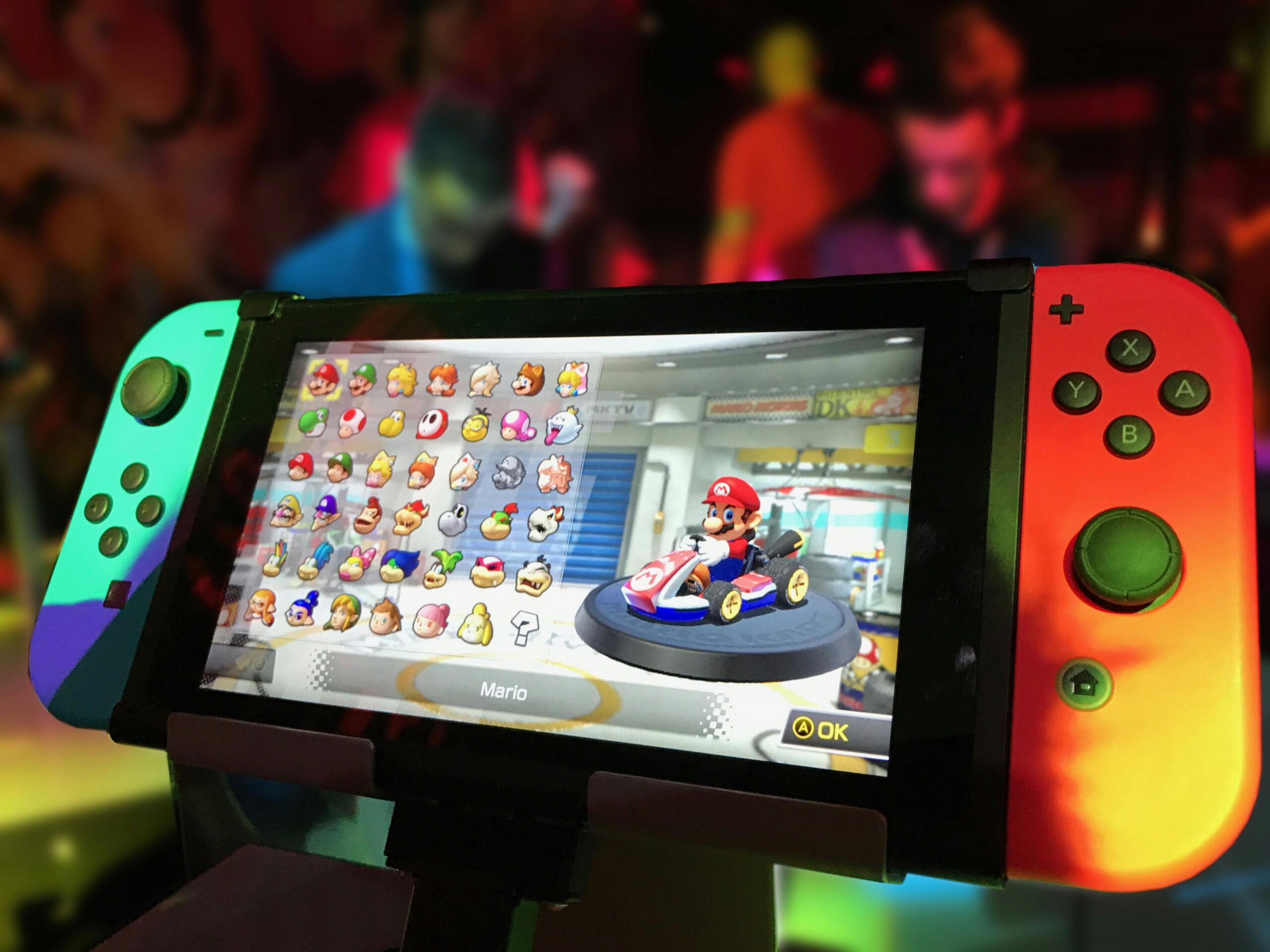Color prediction games, once confined to the realm of traditional casinos, have undergone a transformative journey, finding a new home on the screens of smartphones worldwide. The evolution of technology has played a pivotal role in democratizing access to these games, making them not only more convenient but also more inclusive. In this article, we explore the fascinating trajectory from casinos to smartphones, examining how the accessibility of color prediction games has reshaped the gaming landscape.
The Casino Legacy:
Color prediction games have a storied history rooted in casinos, where games like roulette have long captivated players with their colorful wheels and unpredictable outcomes. The allure of these games was tied to the casino atmosphere, creating an exclusive and glamorous appeal. However, the physical constraints of casino spaces limited access for many enthusiasts, prompting a shift in the landscape with the rise of digital technology.
Digital Revolution and Online Platforms:
The advent of the digital age marked a turning point for color prediction games. Online platforms emerged, providing a virtual space where players could engage with their favorite games without the need for a physical casino visit. Web-based platforms introduced accessibility to a broader audience, allowing players to enjoy the thrill of color prediction from the comfort of their homes.
The Rise of Mobile Gaming:
The true breakthrough in accessibility came with the proliferation of smartphones. The compact, powerful devices that fit into the palm of a hand brought color prediction games directly to the pockets of users. Mobile gaming apps, often available for free or at a nominal cost, opened the floodgates for a diverse demographic, transcending age, geographical location, and gaming experience.
Inclusivity and User-Friendly Interfaces:
The accessibility of color prediction games on smartphones goes beyond mere convenience. Developers focused on creating user-friendly interfaces, ensuring that even those unfamiliar with traditional casino settings could easily navigate the games. Simple taps and swipes replaced the need for complex physical interactions, making color prediction gaming inclusive for a wide range of players.
Global Reach and Cultural Adaptation:
Smartphone accessibility propelled color prediction games into a global phenomenon. Players from different corners of the world could now connect and compete in real-time. Developers recognized the need for cultural adaptation, incorporating diverse themes and designs that resonated with players from various backgrounds. This approach not only broadened the player base but also enriched the gaming experience with a global tapestry of influences.
The Role of Mobile Apps (APK):
Mobile applications, commonly distributed in APK (Android Package Kit) format, played a crucial role in the widespread accessibility of color prediction games. Users could easily download and install these apps, bypassing traditional app stores if necessary. The BDG Game APK format streamlined the process, empowering players to engage with their favorite color prediction games with minimal barriers.
Conclusion:
The journey of color prediction games from the exclusive confines of casinos to the widespread accessibility of smartphones is a testament to the transformative power of technology. The democratization of access has not only made these games more convenient but has also fostered inclusivity, bringing the thrill of color prediction to a global audience. As smartphones continue to evolve, the accessibility of color prediction games is likely to further expand, ensuring that the vibrant world of prediction gaming remains within arm’s reach for players around the world.

